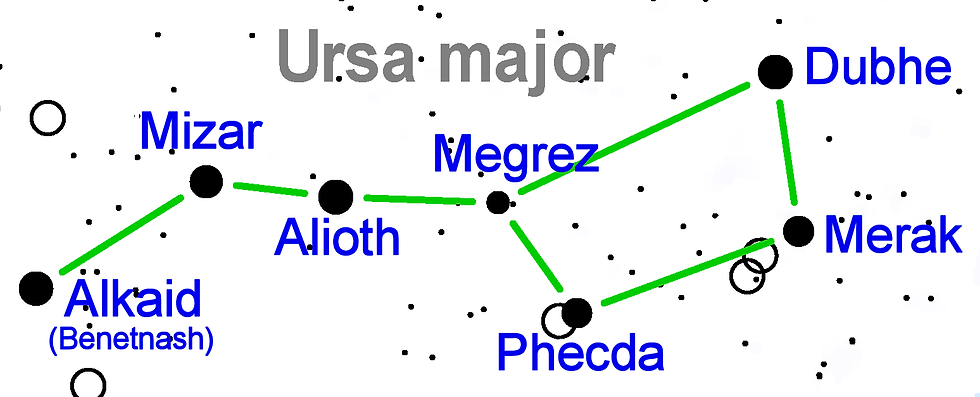Lunar Eclipse May 15th 2022
- Luke

- May 3, 2022
- 3 min read
Updated: May 3, 2022
There will be a lunar eclipse on May 15th 2022 peaking just after 10 pm (Mountain Time) in Colorado. If you would like to see the Lunar Eclipse with us click here to book a tour now! and see it up close with us! otherwise keep reading to learn how to see it your self.
Observing lunar eclipses is easy, requires no equipment and can be done anywhere that you can see the Moon. Just check in on the Moon frequently on the night of the 15th and watch it. The Moon will rise ~7:57 pm and be in a penumbral lunar eclipse (meaning the earth will only be blocking a little bit of the light of the sun from hitting the moon, so the moon will rise slightly dimmer than a full moon usually is). The Moon will get darker and darker and at 9:29 pm it will be completely shaded. The Moon will reach its darkest at 10:11 pm when it is in the middle of Earth’s shadow. Then as the Moon leaves Earth’s shadow it will get brighter and brighter, getting its first direct Sun at 10:53 pm and going back to a penumbral eclipse just after 11:55 pm, and fully illuminated just after 12:50 am (May 16th).

A lunar eclipse is caused by an alignment of the Sun, the Earth, and the Moon. This happens when the Moon is on the exact opposite side of the Earth from the Sun so that the sun’s light is blocked from reaching the Moon by the Earth.

If you were on the Moon a “lunar eclipse” looks like a solar eclipse where the Sun is blocked out by the Earth. On the Earth we see the fully illuminated full Moon go dark (usually a dark shade of red/orange). The red/orange color is caused by the Earth’s dirty little atmosphere bending light from the Sun, so that only the deep red light is bent enough to reach the sun.

Switching back to the perspective from the Moon when you see the Sun tuck behind the Earth you are able to see a red/orange ring of sun around the Earth. This red/orange ring is the Earth’s atmosphere bending the light, so during a lunar eclipse an observer on the Moon would see all of the sunsets around the Earth at that moment. This is why lunar eclipses are different shades of reds and orange as what is going on in the Earth’s atmosphere changes the color. For example, a volcano in Chile made a lunar eclipse in 2015 extra dark because it released more particulates into the atmosphere.
Looking at the moon with a telescope or a simple pair of binoculars will yield amazing detail of the lunar landscape, and enhance watching Earth’s shadow progress across the Moon. The Moon is the second brightest thing in the sky (after the Sun) and can hurt your eyes if using too large of a telescope (it’ll ‘hurt’ like stepping out on a sunny day without sunglasses hurts it’s unlikely to do any actual damage), so a smaller telescope might even be better. Looking in a telescope or binoculars you will be able to tell as the Moon gets dimmer as your eyes strain. Your eyes will dilate looking at a bright full Moon around 8 pm, but at 10:11 pm you can look at it easily. Wearing sunglasses while looking in the telescope/binoculars will limit the strain on your eyes.

You will also be able to see the effects of the Moon dimming when looking at other celestial objects such as Mizar (the double star in the big dipper) which will start the night more washed out by the Moon’s natural light pollution but will appear brighter while the Moon is eclipsed. Mizar is the middle star of the handle of the big dipper, the big dipper should be almost directly over head (maybe slightly to the north) on the evening of the lunar eclipse. Test your eyes by looking at this star before the moon is eclipsed and during the eclipse. Be sure to check out my other blog post here to see what else you can test your eyes with while looking at the Eclipse.
Come get an up close view of the eclipse on our special Lunar Eclipse tour! click here to book now!

.png)




Comments